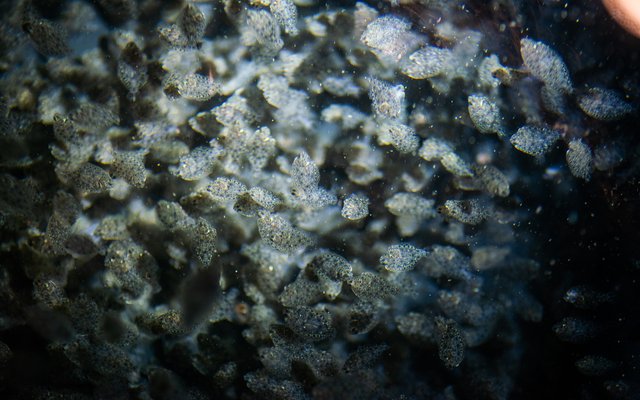For over thirty years, the Institute of Marine Research has been working to improve halibut production and, in spite of its difficult culture, the production has increased steadily over the last five years. The knowledge that researchers have gained about halibut has been useful to new species such as ballan wrasse and lumpfish that are utilizing similar methods as halibut farming. Now researchers are trying to apply technology to European plaice (Pleurenectes platessa).
The last time an attempt was made to breed European plaice at the Institute of Marine Research was in 1940s. At that time, researchers were able to get fry based on the use of Artemia, said researcher Anders Mangor-Jensen. Now the main goal is to produce one-kilo plaice.
“We don't know anything about the growth or the quality of the fish. What we know so far is that it takes three times less time to produce plaice fry than halibut and with minimal mortality,” said Mangor-Jensen.
10,000 fry to test
Researchers raised plaice fry in two large, round tanks and over 10,000 larvae were obtained in the last month. According to researchers, it seems that, like the turbot, the plaice prefers to lie layered in the bottom of the tank.
One of the problems that researchers have struggled with when it comes to halibut is to raise larvae in small tanks (50 liters). “Plaice grows well in the small systems. We have not had any mortality,” said Mangor-Jensen.
Currently, the plaice produced in Austevoll is only in the fry stage. Researchers are performing growth tests to see how fast it grows.

Photo credit: Christine Fagerbakke / Institute of Marine Research













